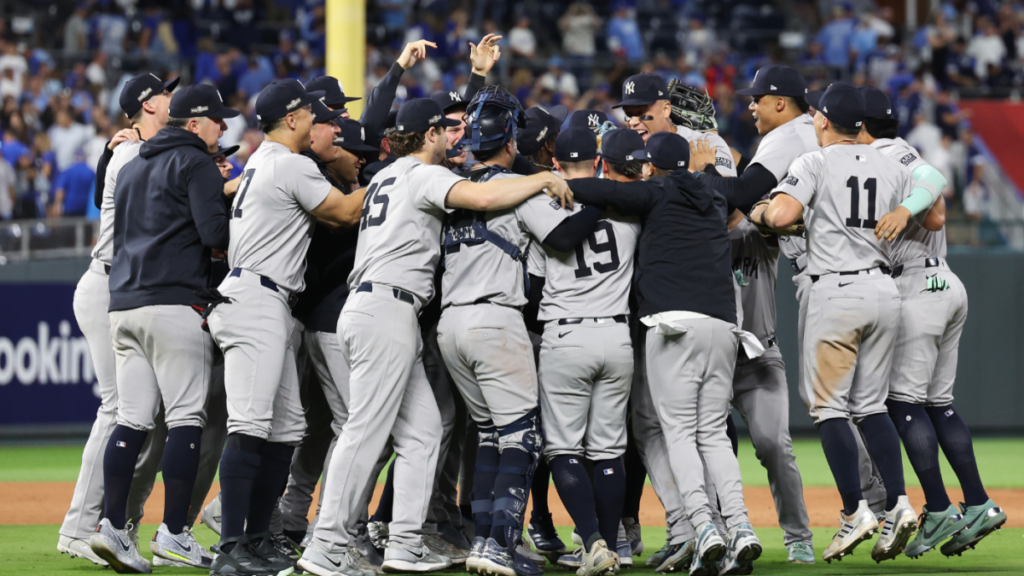Following the Los Angeles Dodgers securing their spot in the League Championship Series, discussions around team payrolls have been dominating social media. With the Dodgers, New York Mets, and New York Yankees all in contention in a league without a salary cap, the focus on spending in professional sports has been heightened.
MLB teams need to invest to succeed.
Looking at the final 2024 payrolls of the remaining teams vying for the World Series trophy, here is how they stack up according to Cot’s Contracts:
1. Mets
2. Dodgers
3. Yankees
21. Guardians
It’s worth noting that the Braves ranked fourth, Phillies fifth, and Astros seventh, while the Padres came in at 11th. All playoff teams, all big spenders.
Undoubtedly, spending plays a significant role in team success. It would be naive to suggest otherwise. Perhaps it’s time to encourage lower-budget teams to invest more in their pursuit of victory. Let’s take a look at the Royals and Pirates for example.
Last season, the Royals, with the 26th-highest payroll, lost 106 games. However, they made strategic moves to enhance their roster this season, including signing players like Seth Lugo and Michael Wacha in free agency. Their efforts paid off as they reached the ALDS.
On the other hand, the Pirates finished 76-86 last season in a division that appeared open for contention in 2024. Despite moving from 28th to 25th in payroll, they ended up with the same record of 76-86.
While spending money is crucial, it’s not the sole determining factor for success.
Take the Mets, for instance. They boast the highest payroll in baseball, but a significant portion of that is tied up in dead money for players like Max Scherzer, Justin Verlander, and James McCann. The Mets’ deep pockets, backed by owner Steve Cohen’s resources, allow them to absorb losses from poorly structured contracts and move forward. This luxury isn’t available to most other teams.
Conversely, the Tigers have a low payroll, and their active roster is even more modest. Despite paying Miguel Cabrera $8 million and missing out on their highest-paid player, Javier Báez, who earns $25 million, the team managed to make a late playoff push with their lesser-paid players stepping up.
Some interesting observations to consider:
- The Brewers, ranked 20th in payroll, secured the No. 3 seed in the NL. The Royals (18th) and Orioles (23rd) found themselves in playoff contention. Despite ranking 28th in payroll, the Tigers made it to the ALDS.
- Teams like the Rangers, Giants, Cubs, and Blue Jays, with top-10 payrolls, missed the playoffs.
- Last season, the Rangers, with the eighth-highest payroll, won the World Series, while the Diamondbacks, ranked 19th, clinched the NL pennant. The Mets, Yankees, and Padres, with top three payrolls, failed to make the playoffs. While this season’s outcomes don’t necessarily correlate big payrolls with playoff success, dismissing the importance of financial investment based on one season would be shortsighted.
So, what’s the takeaway from this postseason? There isn’t a definitive conclusion. It merely reflects the ongoing reality of Major League Baseball. While increased spending can enhance a team’s chances, some high-spending teams may not always make the most prudent decisions.
Ultimately, any broad generalizations about spending in baseball are likely to oversimplify the complex dynamics at play.
sentence: Please remember to bring your umbrella with you when you leave the house.

